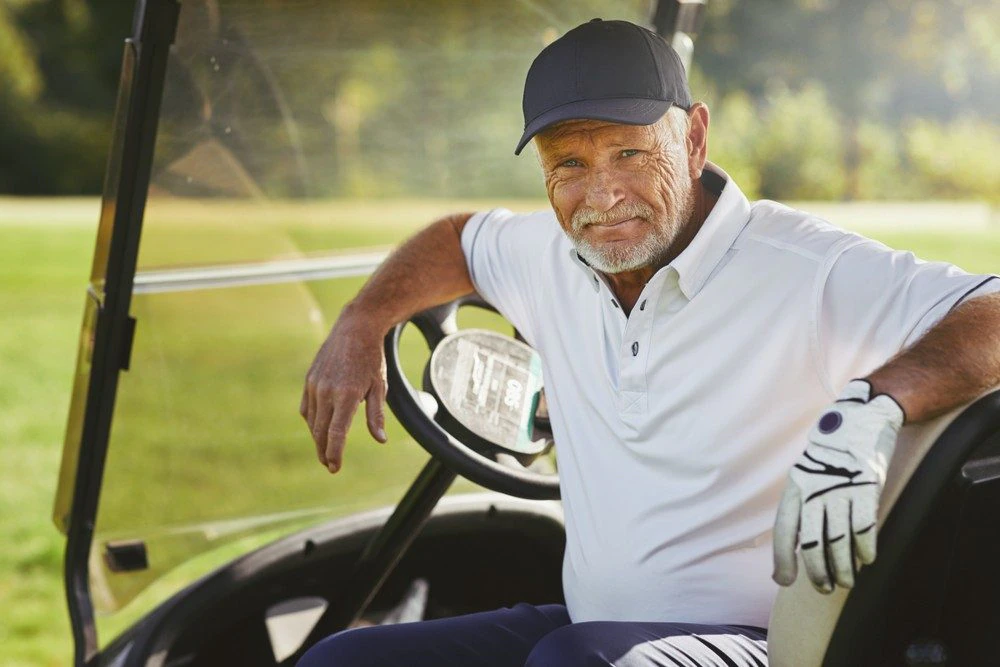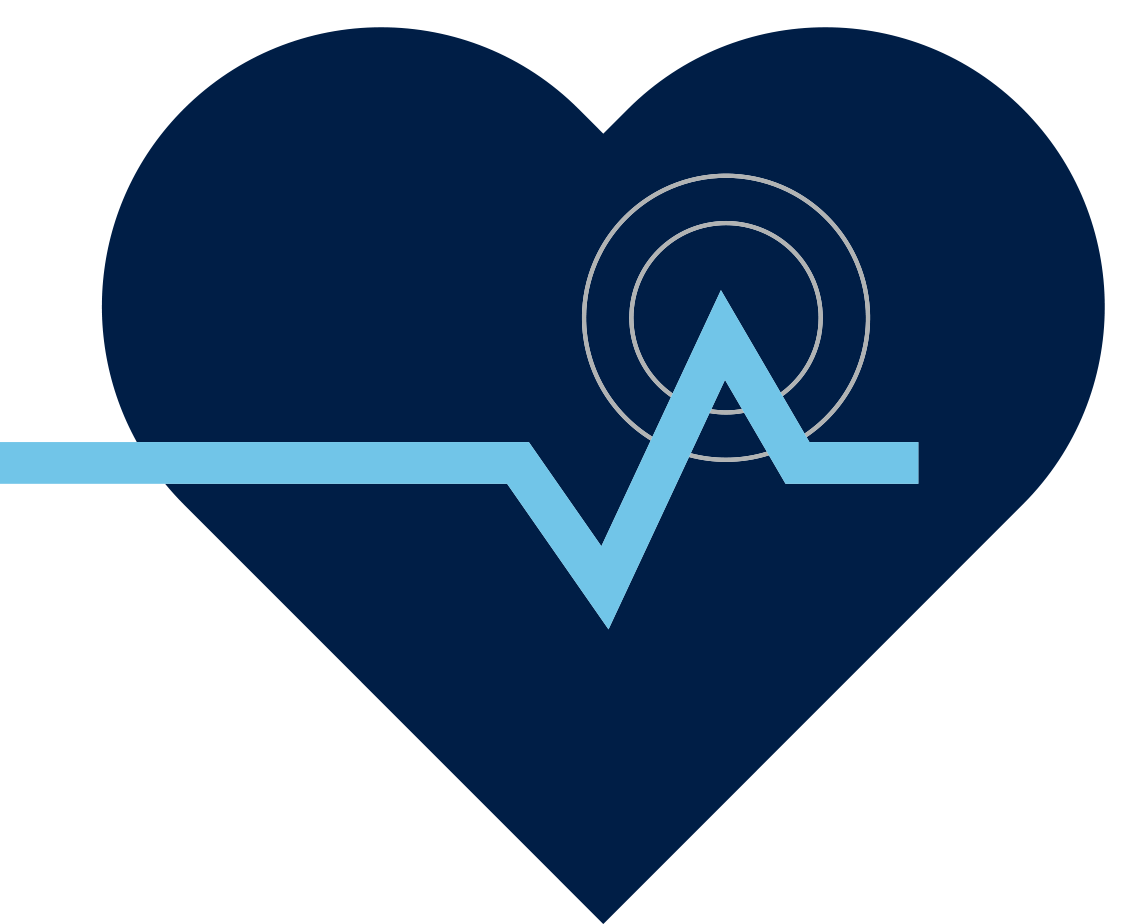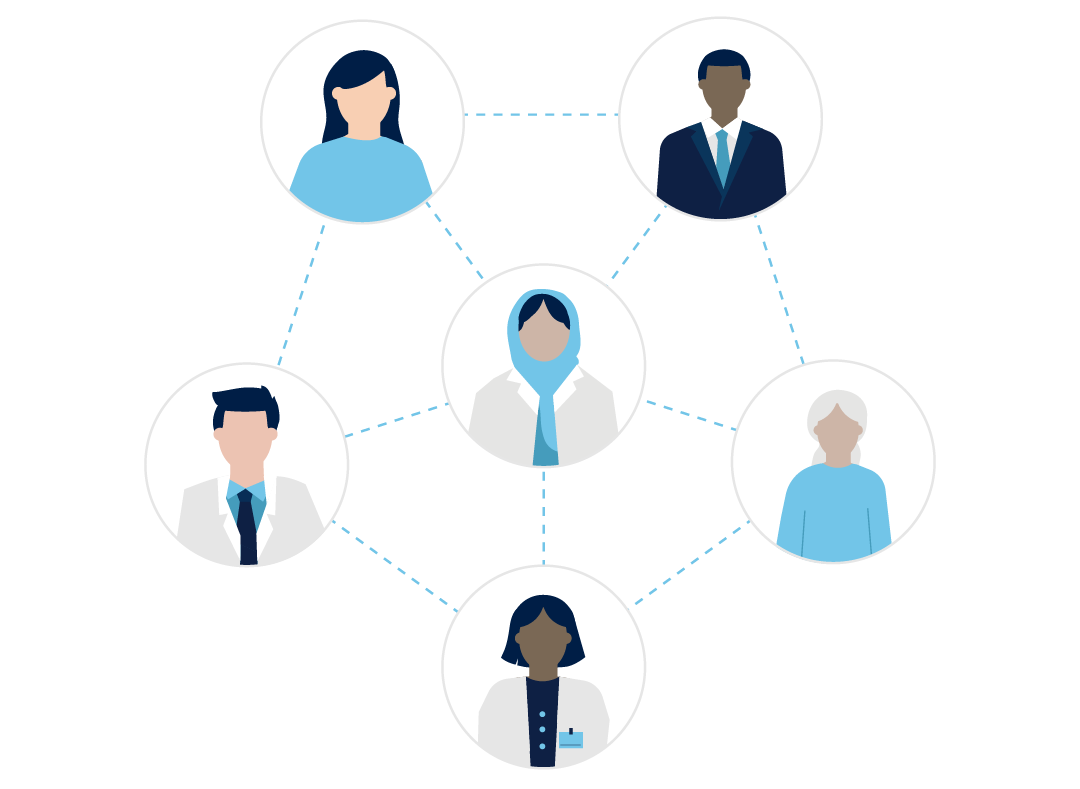
Stories
Candid Talk About Patients Living With a Pacemaker and How the Newest App-enabled Devices Can Help
APP-ENABLED PACEMAKERS EMPOWER BRINGING PATIENT VOICES TO THE CONVERSTATION WHAT PATIENTS SAY ABOUT NEW APP-ENABLED DEVICES APP CONNECTED HEART DEVICES Pacemakers have extended the lives and...

APP-ENABLED PACEMAKERS EMPOWER
BRINGING PATIENT VOICES TO THE CONVERSTATION
WHAT PATIENTS SAY ABOUT NEW APP-ENABLED DEVICES
Pacemakers have extended the lives and improved the quality of day-to-day living for so many people – approximately three million worldwide, including a current total of 200,000 Canadians.1 If your physician has recommended a pacemaker, or you are replacing an existing one, you’re likely looking for information about what to expect and for information on the latest, most advanced technology available, like the world’s first app-enabled devices, which transmit data securely via a smartphone or tablet.
Larry Timpener has had two pacemakers. The retired, 73-year-old greenhouse manager from Brantford, Ont., had his first implanted in 1978. He suffered a heart attack while out for a walk. Fortunately, a nurse who happened to be nearby saw him fall to the ground and administered CPR. He had concerns when his doctor recommended a pacemaker. He feared it would mean curtailing his active lifestyle.
“One of my first questions I asked my doctor was, ‘Will I still be able to play golf?” he remembers. Fortunately, the answer is yes and he still regularly enjoys shooting rounds at the local golf course.
Living well with a pacemaker
Timpener’s latest pacemaker allows him to live confidently without the fear of having another heart attack. “It has made a world of difference,” he says. “I have a good life. I’m surprised at how much I can do. I have peace of mind because I feel like the pacemaker is there to protect me all the time. And I don’t even notice it’s there.”
Pacemakers continuously detect every heartbeat and when the pace falls below a pre-set level the device will kick in automatically and signal the ventricle chamber of the heart to contract, something called artificial pacing.
"I have peace of mind because I feel like the pacemaker is there to protect me all the time. And I don’t even notice it’s there."
At one point, his heart was beating erratically, which the hospital flagged after viewing the data from his current pacemaker with remote monitoring. Meanwhile, he wasn’t even aware of the changes to his heart rhythm. His doctor was able to regulate it by making adjustments to his medications.
Aside from dramatically improving his standard of living, he also wondered if a pacemaker would negatively impact his ability to travel, having explored the U.S., Canada and many countries in Europe. Travel concerns are often brought up by patients. “I’ve flown many times as a pacemaker patient and I’ve never had any issues,” says Timpener. Passengers with pacemakers can also opt for a manual security search instead of going through an X-ray body scanner.
After having a pacemaker for more than two decades, he continues to enjoy an active lifestyle. “I tell anyone thinking about getting a pacemaker that they should do it,” he says. “It’s one of the best things they can do to improve their lives.”
More freedom for patients, thanks to game-changing technology in remote monitoring
Twenty years ago when Timpener received his first pacemaker, wireless remote monitoring technology was not available. It was launched in 2001 and is now used by clinicians to follow patients without the need for patients to travel to their pacemaker clinic. Timpener’s latest device has that technology, but it requires a bedside console unit to transmit data. When he travels, he has to make sure he brings it with him, along with emergency battery packs and country-specific power cords as well.
For people like Timpener who enjoy travelling and want optimal freedom, the very latest app-enabled pacemakers help make out-of-town trips more stress-free. This latest innovation, introduced in 2015, allows cardiac patients to use an app on their smart phone or tablet to securely transmit data via encryption software to their healthcare provider. Data is transferred remotely to their doctor or clinician from almost anywhere in the world. There’s no need for additional hardware. They can also keep track of when that information was sent and can receive reminder notifications to prompt them to relay data. The app, coupled with Bluetooth technology, empowers patients by putting them in control of their own information management.
Technology advancements in pacemakers even more important during COVID-19 pandemic
Brian Yuen, a cardiac implantable electric devices (CIED) nurse clinician at Foothills Medical Centre in Calgary, AB, works closely with pacemaker patients in the hospital’s CIED clinic. He provides education to patients before devices are implanted and helps them understand what lies ahead. He talks to pacemaker recipients about their hopes, challenges and expectations for life with a pacemaker. Post-surgery, he checks their devices, makes changes as needed and deals with any concerns or questions.
During COVID-19, many patients were worried about in-person medical appointments. Yuen saw firsthand the advantages of remote monitoring technology, including app-enabled pacemakers. They have been invaluable to cardiac patients for safe, ongoing remote management of their health. “They don’t have to come into the hospital for a pacemaker check,” he says. “We can retrieve information remotely about the device’s battery life, for example. It’s a huge benefit to those not living in major urban centres. It can save hours of driving for just a half an hour in-person visit… We want to minimize the risk and avoid cardiac patients coming into an office unnecessarily since they are more likely to have poorer outcomes if they were to become infected with the coronavirus.”
The newest pacemaker technology couldn’t come at a better time. It has made it possible for patients to stay safe at home while ensuring their heart health is monitored by their healthcare team. And when travel restrictions are lifted, they’ll be able to visit their favourite destinations without having to pack a monitor. Data transmission via cell phone or tablet helps provide patients with greater freedom to explore.
Originally published by YouAreUNLTD.
SOURCE
1 Canadian Journal of Cardiology: https://www.onlinecjc.ca/article/S0828-282X(11)01240-2/pdf


